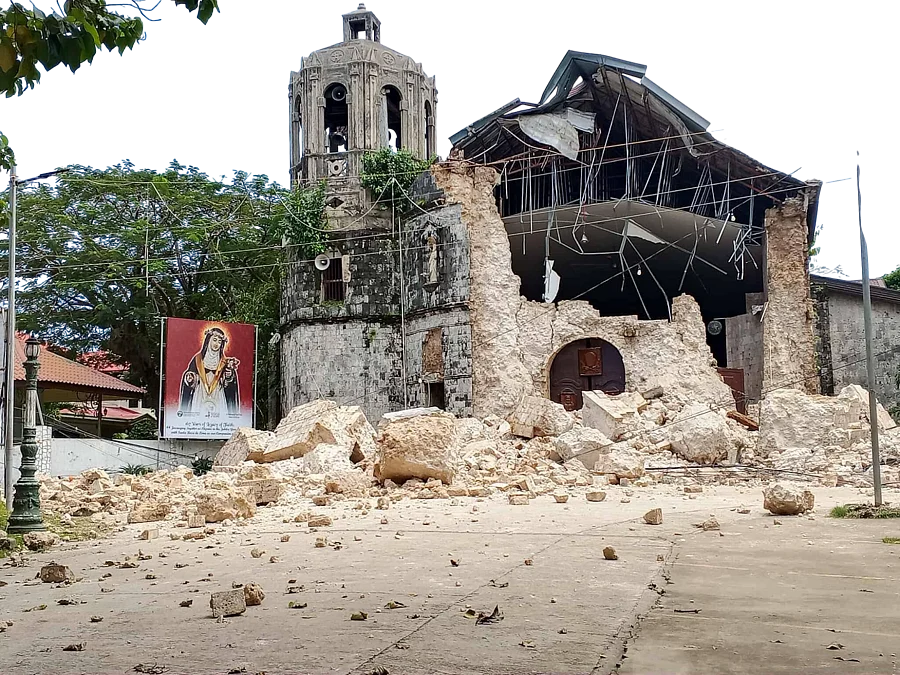By Raffy Ayeng
Copyright tribune

Still reeling from the deadly Cebu earthquake last week, where 72 were killed and more than 200 injured, we are reminded that, apart from staying prepared for emergencies, private and government infrastructure projects should strictly follow building standards to lessen or avoid the impact of tremors.. Keeping edifices resilient from severe quakes is one of the goals of this year’s global celebration of World Architecture Day, set by the International Union of Architects, themed “Design for Strength.”The group calls on architects around the world to look beyond short-term solutions and embrace approaches that reinforce the ability of the built environment to withstand, adapt and be rebuilt.. The Philippines, which is part of the Pacific Ring of Fire, should never be complacent, especially with the forewarnings of the “Big One,” a 7.2-magnitude or stronger earthquake, which can cause buildings, houses and structures to collapse, snatching thousands of lives in a snap.Department of Science and Technology chief Renato Solidum warned that if a 6.5-magnitude quake hits the West Valley Fault, “tens of thousands will lose their lives,” a catastrophe we must prepare for now.. While doing so may both be easy, citizens can make sure that houses, infrastructures and places people frequent, like churches or malls, are earthquake-resistant.World Architecture Day came about to pay tribute to architects’ ingenuity and craftsmanship, as well as their important contributions to society.And in these trying times, it is equally imperative to learn from mistakes of the past.In doing so, architects, as well as engineers, are called upon to be the catalyst for stronger edifices, homes and structures, a noble deed to save lives, livelihoods and the future of Filipinos.